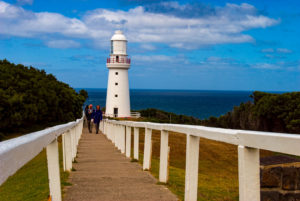
Cape Otway Lighthouse
The lighthouse at Cape Otway is the oldest surviving lighthouse on mainland Australia. It makes a great stop-over for travellers heading down to the Twelve Apostles.
Rotate to landscape to view slideshow
A favourite spot of ours is the little village of Walhalla in Victoria. Just over two hours drive from Melbourne, it’s an enjoyable journey back in time.
Walhalla was the last town in Victoria to be connected to the state wide electricity grid.
The only way to get a mobile signal was to climb to the top of the hill that they sliced the top off to make a cricket pitch, and wander around on the wicket with your phone held high in the air (I understand that reception may have improved recently).
When the goldmine was in operation, the population of the town was around 5000 people, but now there are around 20 residents.
There used to be a rail connection to Melbourne. Four kilometres of the old track that runs from the town, through Stringers Creek Gorge and down to the Thomson River has been restored for very popular tourist train rides.
You can read about the current operations of the train here.
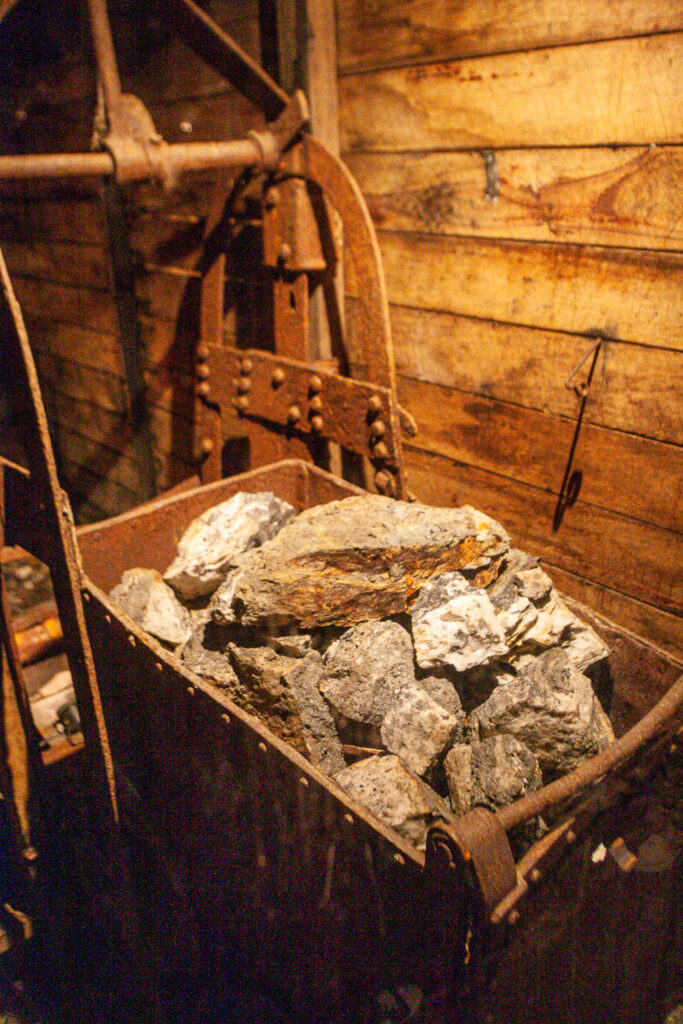
An interesting attraction is the guided tour through the Long Tunnel Extended Gold Mine.
Over the period 1885 to 1908 the mine was one of Australia’s principal reef gold producers with some 14,000 kg of gold being extracted. Now you can visit the mine and take a tour through the main tunnel to look and hear about the history of gold in the area.
It’s worth walking back to Walhalla on the Western side of Stringers Creek.You get a great view of the township from this track.
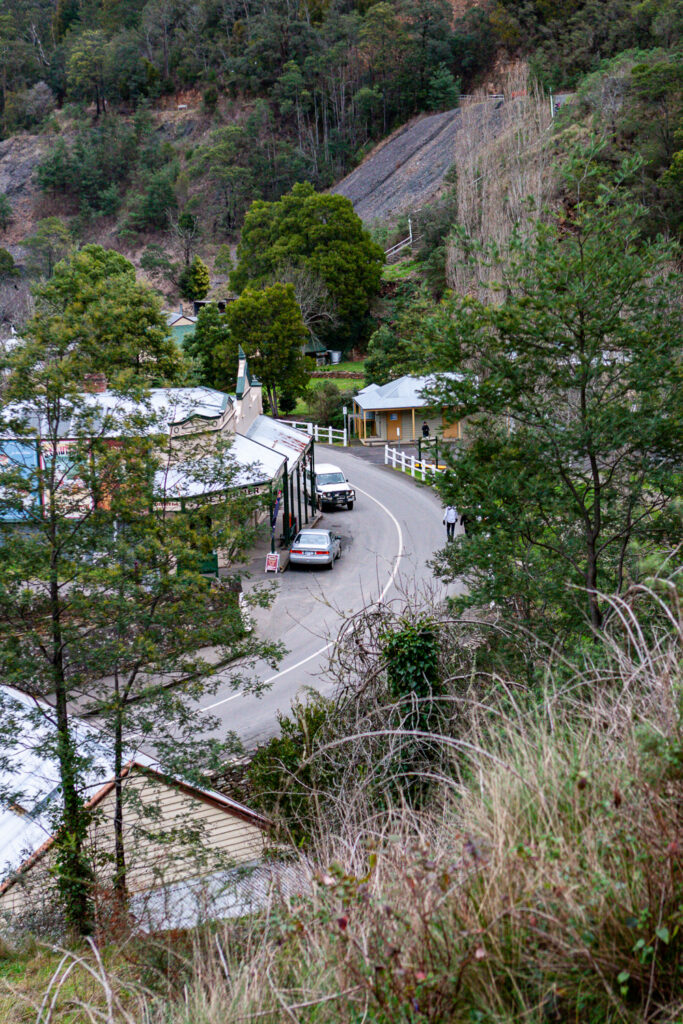
Our residence of choice in Walhalla is Windsor House. We have stayed there a couple of times. Windsor House was built in 1890 using 90,000 handmade bricks and is one of the few original buildings in Walhalla.
I understand that it used to be the residence of the local undertaker and the morgue (which was tunnelled into the side of the steep hill) is now the wine cellar.
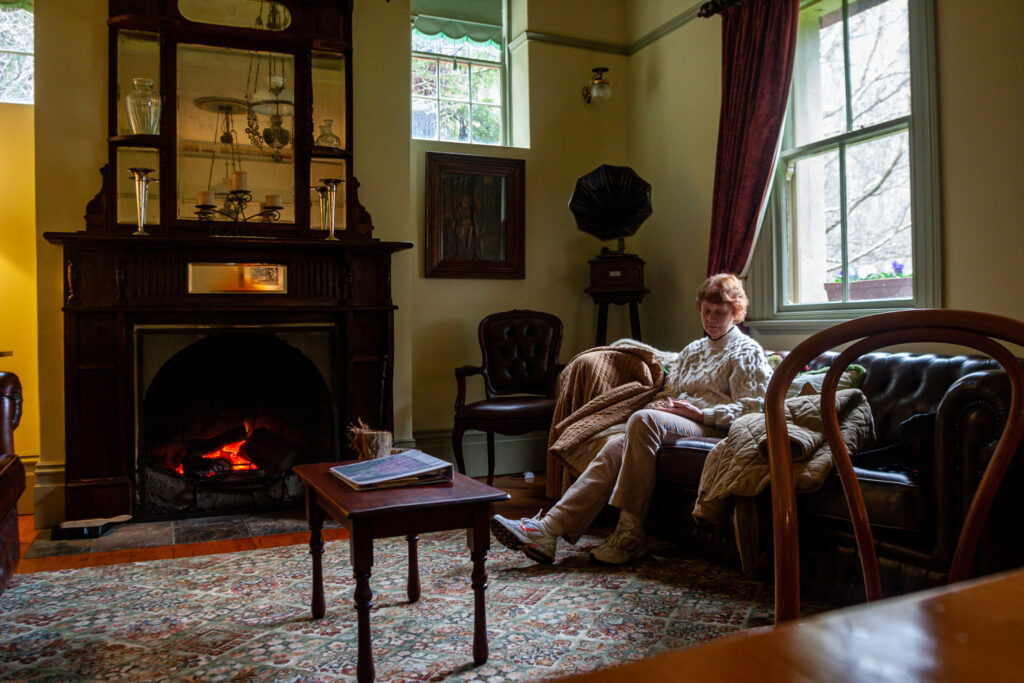
There is plenty of history in the local cemetery. Situated on the side of the steep hill, it’s a somewhat strenuous wander around the graves.
If you want some more exercise, take a walk up to the local cricket ground. By the time the visiting team had carried ball, bat, pads, wickets and the keg up there, they were too exhausted to play a decent game of cricket.
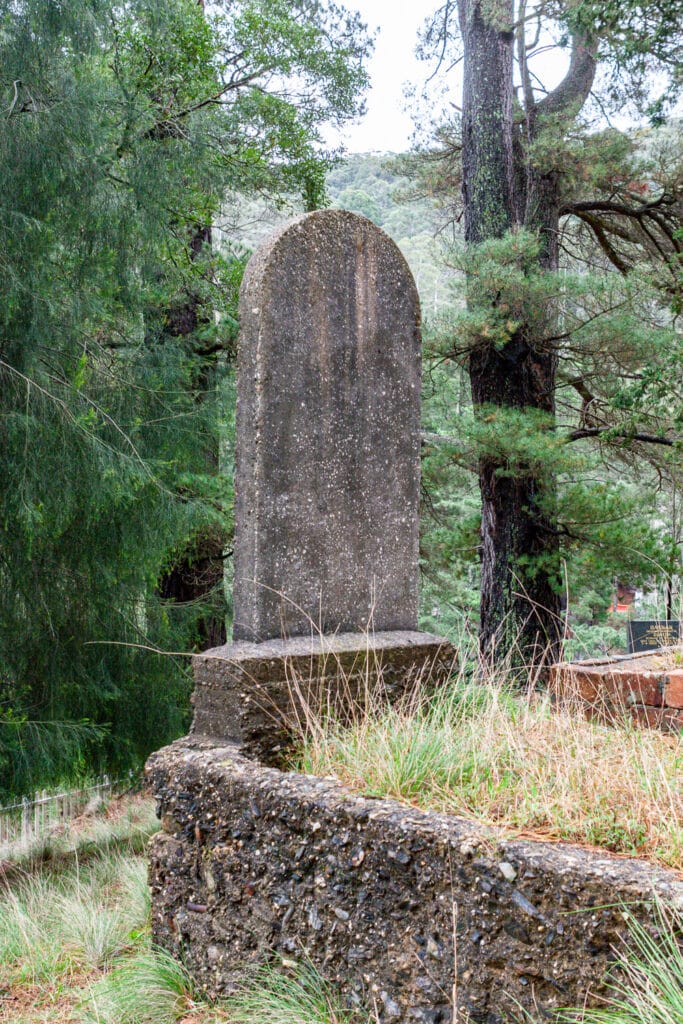
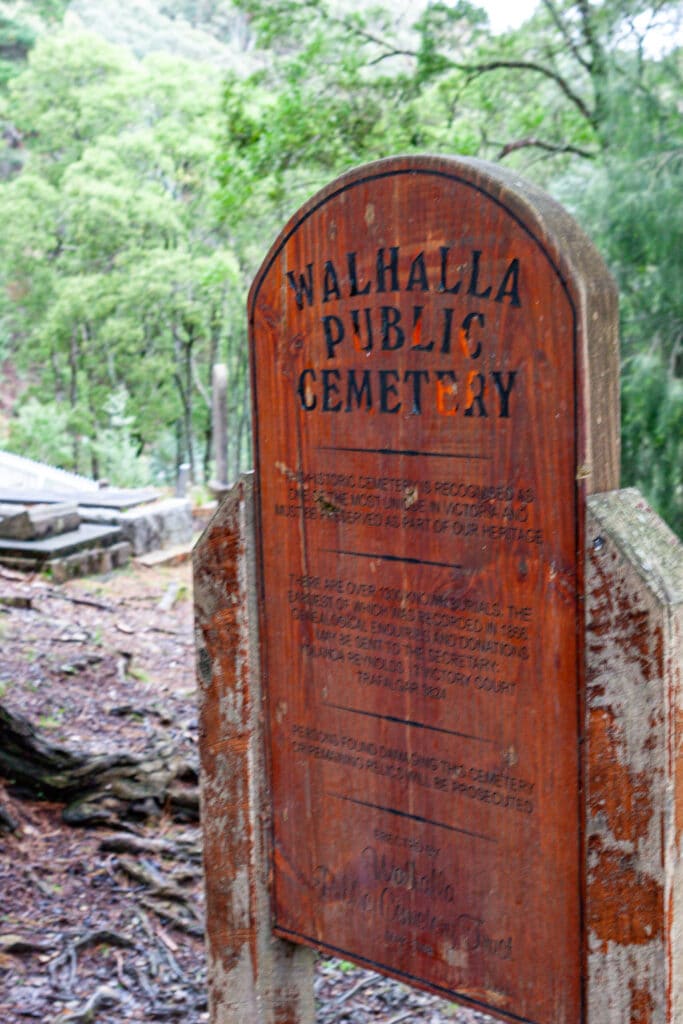
Some of the old buildings in Walhalla have been opened as museums, gift stores, cafes and coffee shops. The former fire station has some old fire fighting gear on display.
The refurbished Star Hotel is opposite the historic band rotunda on the main street.
Maybe there is still a bit of gold in Stringers Creek! I have seen people panning for gold but I’m not sure how successful they have been.
Last time we were in Walhalla we took the road North out of the town up over the Great Dividing Range. It was winter and the snow was magic. Before you take this route, check with the locals about road conditions.
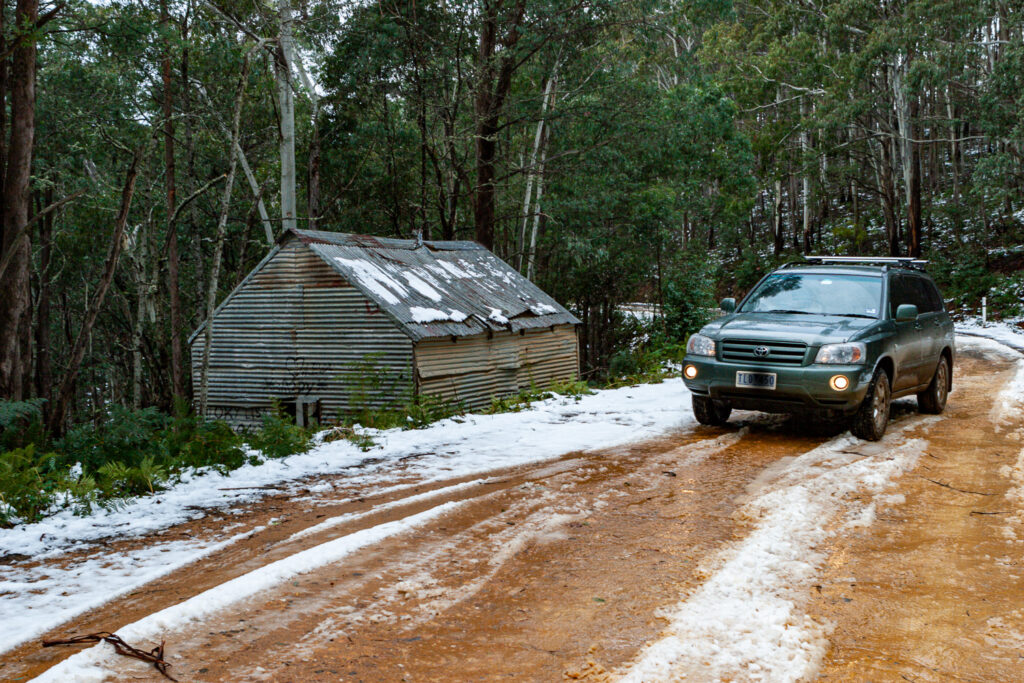

The lighthouse at Cape Otway is the oldest surviving lighthouse on mainland Australia. It makes a great stop-over for travellers heading down to the Twelve Apostles.
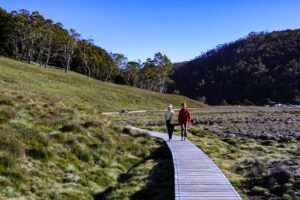
An iconic, wilderness area in Australia’s Southern-most state,Tasmania. Visit it, hike it, see it.
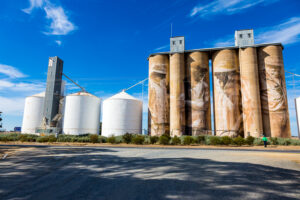
The Art Silos at Brim in Western Victoria celebrate the local famers who have lived and worked in the area for generations.
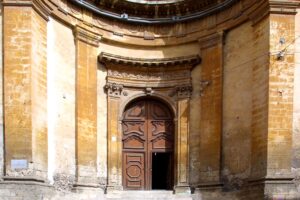
Noto is famous for its buildings from the early 18th century, many of which are considered to be among the finest examples of Sicilian baroque style. It is a place of many religious buildings and several palaces.


A visit to Sagrada Familia Basilica is uplifting. The exterior gives you no clue to the feelings you will experience inside.